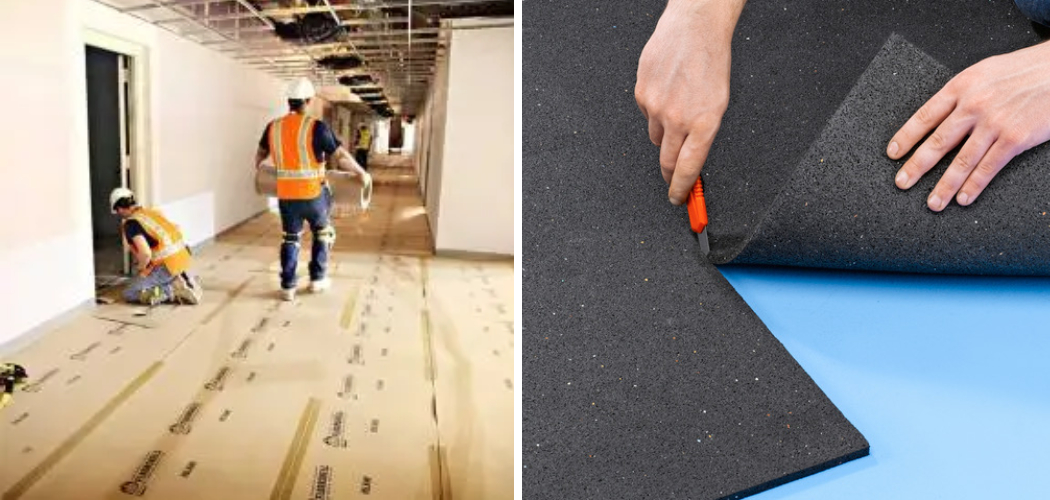Renovating or remodeling your home can be an incredibly exhilarating experience. Whether you’re doing a minor upgrade or a major overhaul, construction projects help breathe new life into your space. However, the downside is that construction can be messy and disruptive.
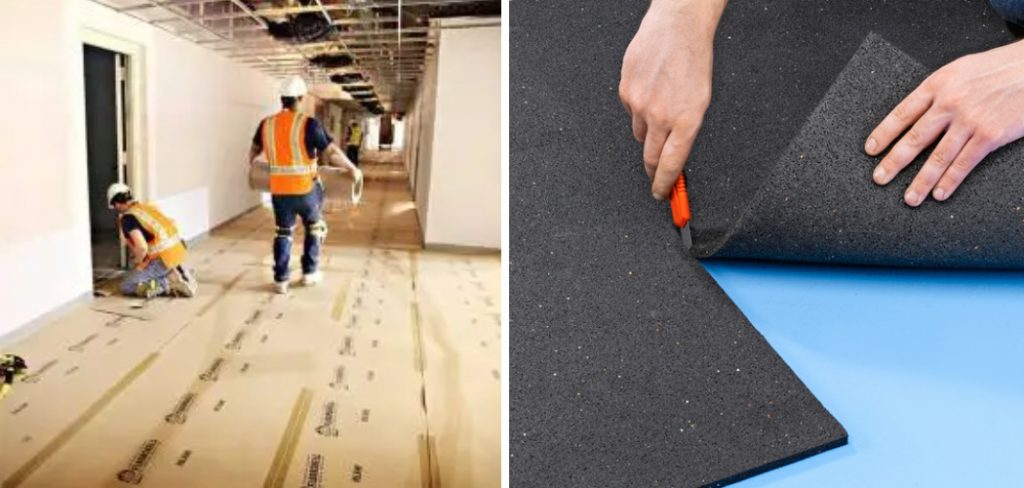
Your floors are one of the most common casualties of any renovation or remodeling work. Luckily, there are multiple strategies to minimize, if not eliminate, this problem. In this blog post, we’ll discuss some valuable tips and tricks on how to protect floors during construction.
Can You Protect Floors During Construction?
Protecting floors during construction is crucial to ensure that the final product looks pristine. The last thing you want is to invest in a beautiful new floor only to have it scratched up during the building process. Fortunately, there are numerous ways to ensure your flooring stays in top shape during construction.
From protective floor coverings to careful planning and scheduling, a little bit of foresight can go a long way in protecting your floors. Remember, investing in floor protection now will save you time, money, and headaches down the line.
Why Should You Protect Floors During Construction?
Construction projects can bring about a flurry of activity. Whether you’re renovating a home or building a brand-new commercial space, there’s bound to be a lot of heavy equipment, tools, and people moving around. Unfortunately, all of this activity can hurt your floors.
Without proper protection, floors can become easily damaged, stained, scratched, and otherwise ruined by dust, debris, and foot traffic. This looks unsightly and can be expensive to repair or replace. Protecting your floors during construction is a simple but effective way to safeguard your investment and keep things looking great for years to come.
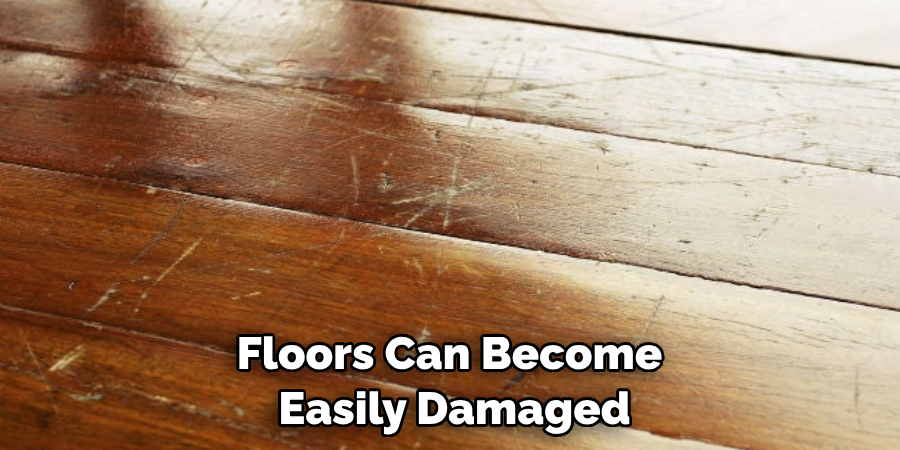
How to Protect Floors During Construction: Tips and Tricks
1. Cover Your Floors
The most effective way to protect your floors during construction is by covering them. You can use different types of floor coverings – some popular options are carpet protector film, floor paper, rosin paper, and Ram Board.
These materials create a shield that prevents paint, debris, and other construction materials from penetrating your floors. Be sure to use tape to secure the covering to stay in place. You can also consider removing and storing flooring materials in another room during the construction to avoid damaging them.
2. Protect with Rug Pads
Invest in rug pads if you have area rugs or carpets in the area where construction is happening. Rug pads add an extra layer of protection by acting as a barrier between your carpets and construction materials. They also help prevent slippage and keep your carpets in place.
3. Store Material Properly
Ensure that any heavy construction materials – like tiles or lumber – are stored in a designated area, off of the floor. The excessive weight of these materials can damage your floors once they are poured or placed in an area.
4. Keep the Work Area Clean
A clean working area is critical in protecting your floors. Create a separate area for debris and waste, sweep regularly, and use a vacuum cleaner to clean up throughout the construction project. Regularly cleaning up your work area will reduce the amount of dirt, dust, and construction material that could potentially track onto unprotected floors.
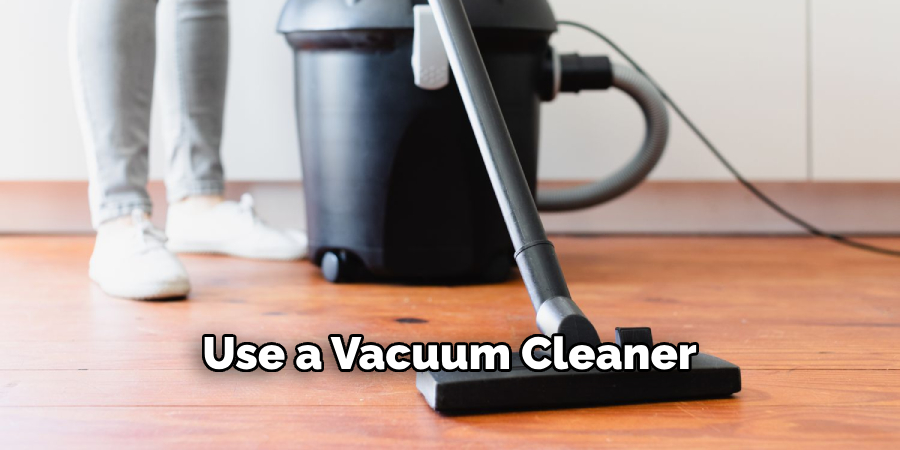
5. Constant Supervision
While hiring a professional contractor or renovation company for your project is best, you can always supervise the work yourself to ensure that floors are being taken care of. By paying close attention to the processes being used on-site, you can quickly identify any actions that might lead to potential floor damage. While requiring more effort, this step will help you gain peace of mind that your floors are protected.
6. Utilize Drop Sheets
Drop sheets are a great way to protect your floors from spills and other debris that could occur during construction. Place these large, thick cloths on the surface of your floor before beginning any work, and be sure to replace them regularly as needed.
7. Invest in Quality Cleaners
Investing in high-quality cleaners and degreasers will help you clean up any messes or spills that occur during construction. Quality cleaners are more efficient at removing dirt, dust, and debris than traditional cleaners, so you can be sure your floors are properly cared for. Be sure to test the cleaner on a small area of your floor before using it in other areas.
That’s it! You’ve now learned seven tips for protecting your floors during construction. Taking the time to follow these steps can help ensure that your floors remain in excellent condition throughout the renovation process.
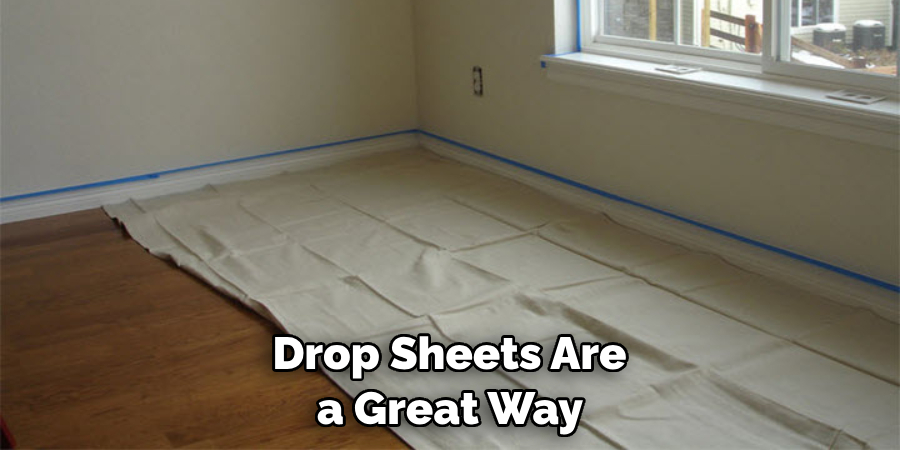
5 Considerations Things When You Need to Protect Floors During Construction
1. The Type of Flooring
The first consideration is the type of flooring you have. Some types of flooring are more durable than others and can withstand more wear and tear. For example, hardwood floors are more durable than carpets, so if you have hardwood floors, you may not need to take as many precautions during construction.
2. The Size of the Construction Project
Another consideration is the size of the construction project. A small project, such as a bathroom renovation, will likely have less impact on your floors than a larger project, such as an addition to your home. Thus, you may not need to take as many precautions if you only do a small renovation.
3. The Duration of the Construction Project
The duration of the construction project is also a factor to consider. A short project will impact your floors less than a long one. Thus, if the construction project lasts only a few days or weeks, you may not need to take as many precautions.
4. The Location of the Construction Project
The location of the construction project is also important to consider. If the project occurs in an area with a lot of foot traffic, such as a living room or kitchen, there will be more potential for damage to your floors. Thus, you may need to take more precautions in these areas.
5. The Type of Construction Project
The type of construction project is also a consideration. Some projects, such as those involving demolition, will be more likely to cause damage to your floors than others. Thus, you may need to take more precautions if you are doing a demolition project.
Benefits of Protect Floors During Construction
Construction is a messy business – there’s no getting around it. However, the benefits of protecting floors during construction cannot be understated. Not only does it prevent damage to existing flooring, but it also makes cleanup a breeze.
Using materials such as plastic sheeting, protective mats, or special adhesives ensures that your floors remain intact and unblemished. Plus, it sends a message to clients or homeowners that you value their property and takes pride in your workmanship. With the right foresight and effort, protecting floors during construction is a win-win situation for everyone involved.
5 Common Mistakes People Make When Trying to Protect Floors During Construction
1. Not Using Floor Protection in The First Place
One of the most common mistakes people make when trying to protect their floors during construction is not using any protection at all. This is a huge mistake, as construction debris and dust can easily damage floors. Without protection, you will likely have to replace your floors once the construction is complete.
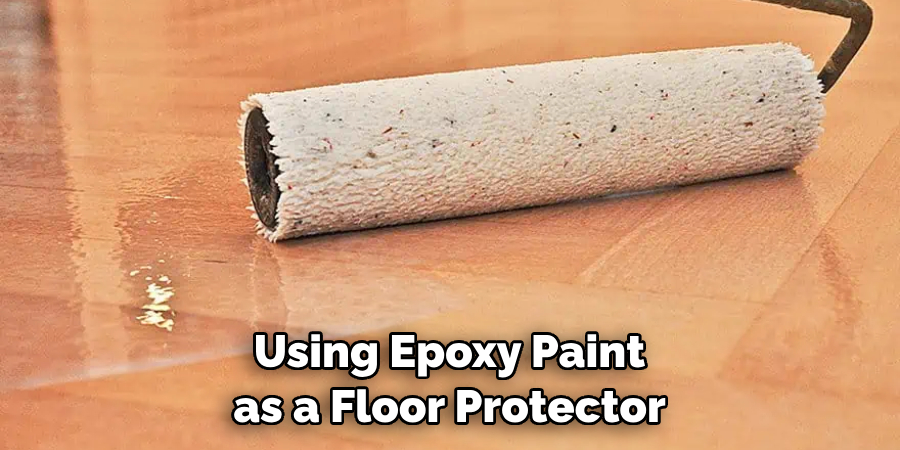
2. Not Covering the Entire Floor
Another common mistake people make is not covering the entire floor with protection. It is important to cover the entire floor, as even a small area that is left unprotected can be damaged by construction debris or dust.
3. Not Using Thick Enough Protection
Another mistake people make is not using thick enough protection. Thinner plastic or cardboard sheets will not provide adequate protection for your floors and will likely result in damage. It is important to use thick, durable protection to withstand heavy construction traffic.
4. Not Securing the Protection
Another common mistake people make is not securing the protection to the floor. If the protection is not secured, it can easily be dislodged by construction traffic and will not provide adequate protection for your floors. Make sure to secure the protection to the floor using tape or another method so that it does not move during construction.
5. Not Removing the Protection Promptly
Finally, another mistake people make is not removing the protection promptly. It is important to remove the protection as soon as construction is complete so that your floors are not damaged by prolonged exposure to construction debris and dust. It is also important to remove the protection before applying any finish or sealant, as this will prevent the protection from being sealed into the flooring.
Can Epoxy Paint Be Used as A Floor Protector in A Remodeling Project?
When it comes to remodeling, every detail counts. Each choice can make or break the space’s overall aesthetic, from the flooring to the wall color. And regarding flooring options, epoxy paint may have caught your eye. But the question remains – can it hold up as a floor protector?
Luckily, the answer is yes! Epoxy paint is a durable and long-lasting option for protecting your floors. It can withstand heavy foot traffic, spills, and even impacts. It comes in various colors and finishes to match any design aesthetic. So, whether you’re planning a basement remodel or simply looking to update your garage, using epoxy paint as a floor protector is a smart and stylish choice.
Conclusion
In conclusion, protecting your floors during construction is crucial. Whether through covering, rug pads, or regular cleaning, there are numerous ways to ensure that your floors remain intact during a renovation project.
By applying these tips and tricks, you’ll not only maintain your floors but could also save time and money by minimizing the potential risk of damage and lessening the stress of the experience. With these tips in mind, you can enjoy all the benefits of a beautiful renovation without worrying about damaging your precious flooring. Thanks for reading our post about how to protect floors during construction.
